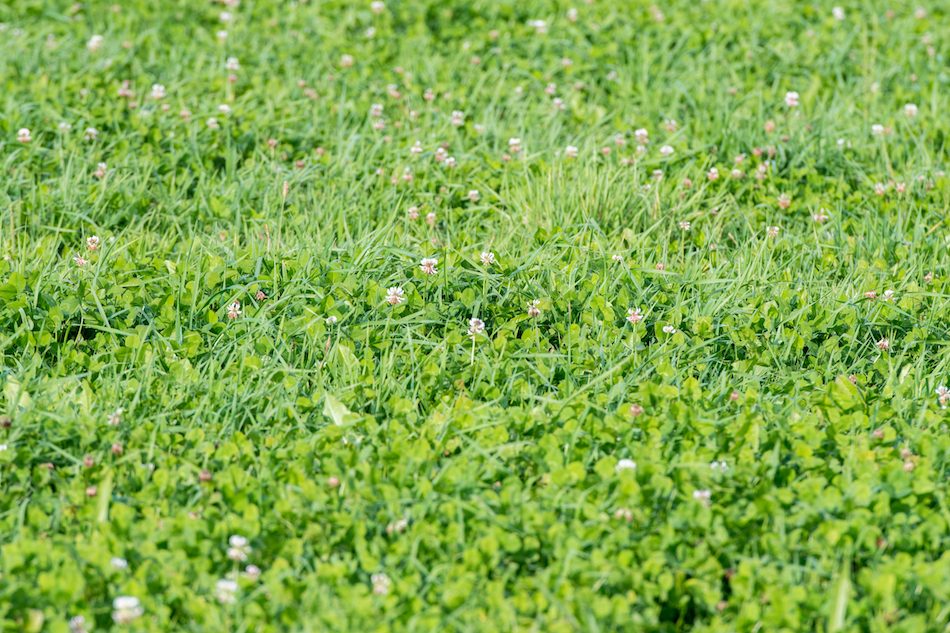As ideas continue to be explored on the choices and timing for growing cover crops in Wisconsin, the Extension Service's northeast area nutrient and pest management program senior outreach specialist Jamie Patton is tossing another idea into the hopper.
Using the test plots at the Peninsula Research Station near Sturgeon Bay in cooperation with Door County agricultural agent Annie Deutsch, Patton plans to grow lentils in combination with other cover crops. In her presentation at the annual meeting of the Outagamie County Forage Council, she learned that some of the attendees were not familiar with lentils.
Lentils, which are grown most widely in Canada, are a legume which could replace winter peas as a late-season cover crop choice, Patton explained. As with any other crops, she cited the importance of matching the climate, soil, and crop.
A soil science specialist and former Extension Service agent in Shawano County, Patton is urging farmers to take full advantage of the potential to grow certain crops late in the growing season and to realize that in many cases “we're underestimating what our soils can do.”
Alternative Forages
Farmers who are looking for alternative forages to feed dairy heifers and beef cattle would do well to consider crops such as spring barley, triticale, cereal rye, oats, and spring wheat for planting early in August and harvesting by late October, Patton suggested.
In particular, Patton cited barlage (high-moisture barley), spring wheat, triticale, and oats as top candidates in that category. With the growing degree days available during the period, she explained that an August 1 planting of spring wheat would put the crop at boot stage (top forage quality) by late September while an August 15 planting would be at boot stage in the latter half of October.
“A September planting would be too late for spring wheat” as a forage crop, Patton indicated. At one site she's monitoring, Patton observed that winter triticale planted on August 14 “looked amazing” by September 13.
In addition to the possibility of the late-season harvesting of forages, the planting of cover crops immediately after a harvest of winter wheat or vegetable crop should help greatly to snuff out weed growth, protect water quality, and add organic matter to the soil, Patton said. “Earlier is better.”
Regarding the availability of nitrogen after the growth of cover crops, Patton noted that the nitrogen stored in decomposing plant mass will not be quickly available to a subsequent crop such as corn. At the triticale plot, she supplemented with 60 pounds of nitrogen per acre this year.
Key Bio-Mass Numbers
In an accompanying report on the growing of annual ryegrass, spring barley, and winter cereal rye as cover crops only at the Extension Service research sites near Arlington, Lancaster, and Marshfield, soil scientist Matt Ruark observed that 1,000 pounds of dry matter per acre from the cover crop is both the minimum for effective soil erosion control and a key number on how much extra nitrogen is needed for a following corn crop.
The removal and slow-release of nitrogen by the cover crop bio-mass calls for about 40 to 50 pounds more nitrogen when there was about 1,000 pounds of bio-mass and up to 150 pounds when this topped 2,000 pounds, Ruark pointed out. He suggested the application of starter nitrogen for corn after the heavy growth of a cover crop.
Patton cited a more appealing result from a dairy farm near Lena in Oconto County. She reported that corn grown in 2018 following a stand of grass hay yielded 240 bushels per acre with 40 pounds of added nitrogen per acre being the economic optimum for that crop.





Post a comment
Report Abusive Comment